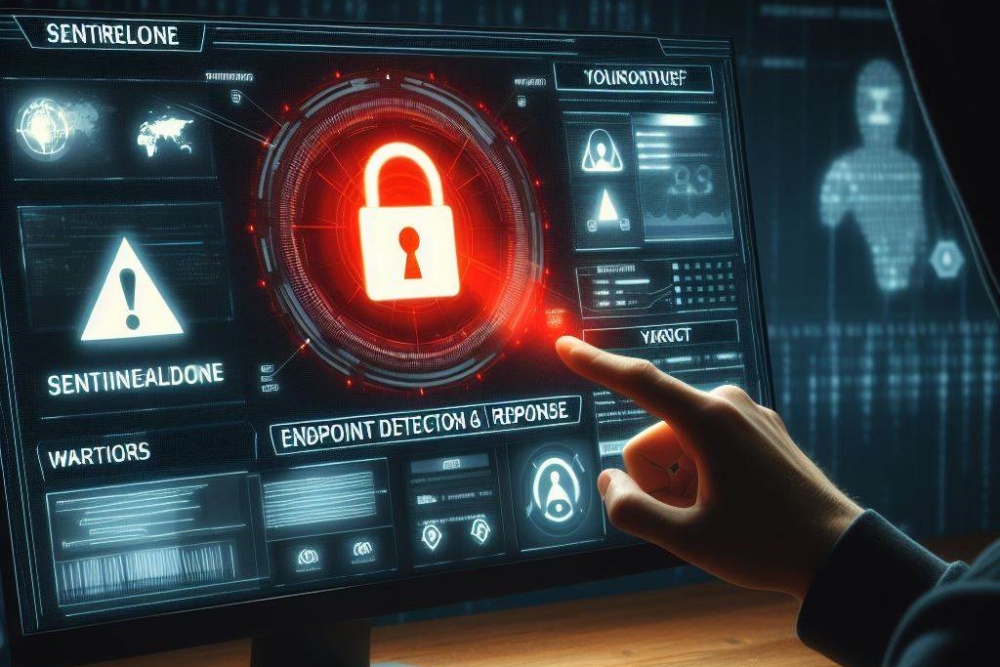MALWARE CHEAT SHEET – Know What You’re Up Against!
If you’re not in the business of outsmarting cyber-crime, you may be unaware of how dire the situation is with criminals developing new technological weapons to seize, modify, destroy, or leak proprietary data. Here’s a cheat sheet so you can better understand how hackers trick unsuspecting users, then burrow their way into devices and networks leaving behind a trail of disaster. With education, awareness, and intentional use of your laptop, you can become part of the solution in reducing cyber criminals’ payday.
Weapon – Designed to…
Virus – Delete files, send spam, affect device performance, corrupt drives, spread.
Ransomware – Block access to a device, locking user out of data until a ransom is paid.
Malware – Hack a device; harvest proprietary data for illegal activity and/or fees.
Viruses
Viruses are malevolent programs that spread from one device to another through infected files and websites. Once your device has been exposed to a virus, it will install itself and run on your system without your knowledge, potentially corrupting your files and interfering with your device’s performance. Viruses spread through daily activities such as sharing files and opening an infected attachment (even from trusted sources), visiting infected websites, torrenting files, downloading free software, or using USB drives that have been connected to an infected device.
The ILOVEYOU virus remains one of the most expensive infections to date, costing approximately $15 billion (USD) in damages. Delivered inside an email to homes and businesses with the subject line, “I Love You”, millions of devices became infected when users opened the email’s file attachment. The virus swept through security firms, businesses, and internet companies to corrupt system files and delete users’ data. Your best defense to such a virus is this: If you’re not expecting an email from someone, or something about an email seems suspicious, it’s best to avoid opening email attachments.
Ransomware
Ransomware is any program that locks your files and programs and demands a ransom for their release. The fees range from hundreds to thousands of dollars. More advanced programs encrypt your files, requiring a key to decrypt them which victims receive once they pay the ransom demanded by the perpetrator. Ransomware spreads most commonly through spam messages with infected attachments sent by people you know (unaware their device is infected) and/or malicious websites.
WannaCry, one of the most devastating ransomware attacks to date, infiltrated more than 200,000 devices within bank networks, law enforcement agencies, and Boeing Aircraft and Weaponry manufacturer. Estimated damages were $8 billion (USD).
Malware
Malware is the umbrella term that comprises all malicious software (ransomware and viruses inclusive) and other types as follows:
Spyware: Allows hackers to track your device’s activity.
Bots: Self-propagating programs that infiltrate devices and connect them to a central server. This network is called a botnet. Botnets use your device’s power and memory to send spam, perform DDoS attacks, and other resource-hungry actions. Bots can also record your keystrokes, obtain your passwords, and steal your financial information.
Rootkits: Allow hackers to control your device without your knowledge. Once a rootkit has been installed, the hacker can launch files on your device and configure its system. This allows them to spy on your usage and steal your information.
Worms: These are like viruses, but they are standalone programs that don’t need a host file to spread. They self-replicate and spread through networks automatically.
Malware of these types may use scareware programs (=fraudulent antivirus programs) to infect your device, claiming that they’ll protect you from viruses while actually exposing you to threats! When you install scareware “protection”, it will falsely notify you that your system is infected then ask you to click a link to clean up the viruses. When you do click the link, it downloads more malware!
Conclusion
When one is the victim of a cyberattack, the aftermath of restoration and associated expense can be overwhelming. Embrace an AI-driven, fully monitored solution to fill in the gaps and support your IT team’s endeavors. You’ll avoid damage to your network and reputation, and leave nothing to chance!
Data-Guard 365 is an MSSP firm headquartered in Indianapolis, Indiana, with offices in Chicago, Atlanta, and other strategic locations across the globe. The company is a one-of-a-kind business partner whose people, processes, and technology provide armored cybersecurity for a price point that pays for itself.
www.Data-Guard365.com / (317) 967-6767 / info@data-guard365.com
Back to Articles/Blog



